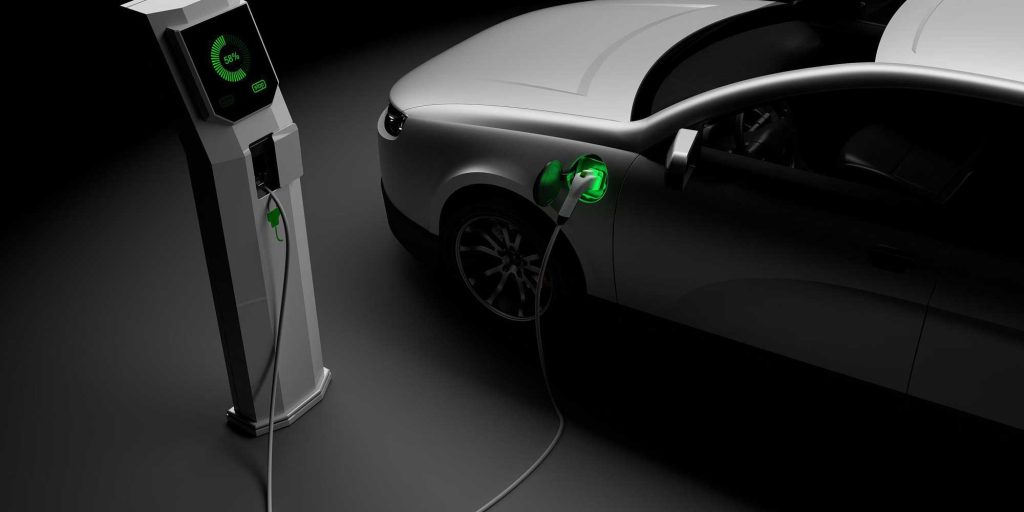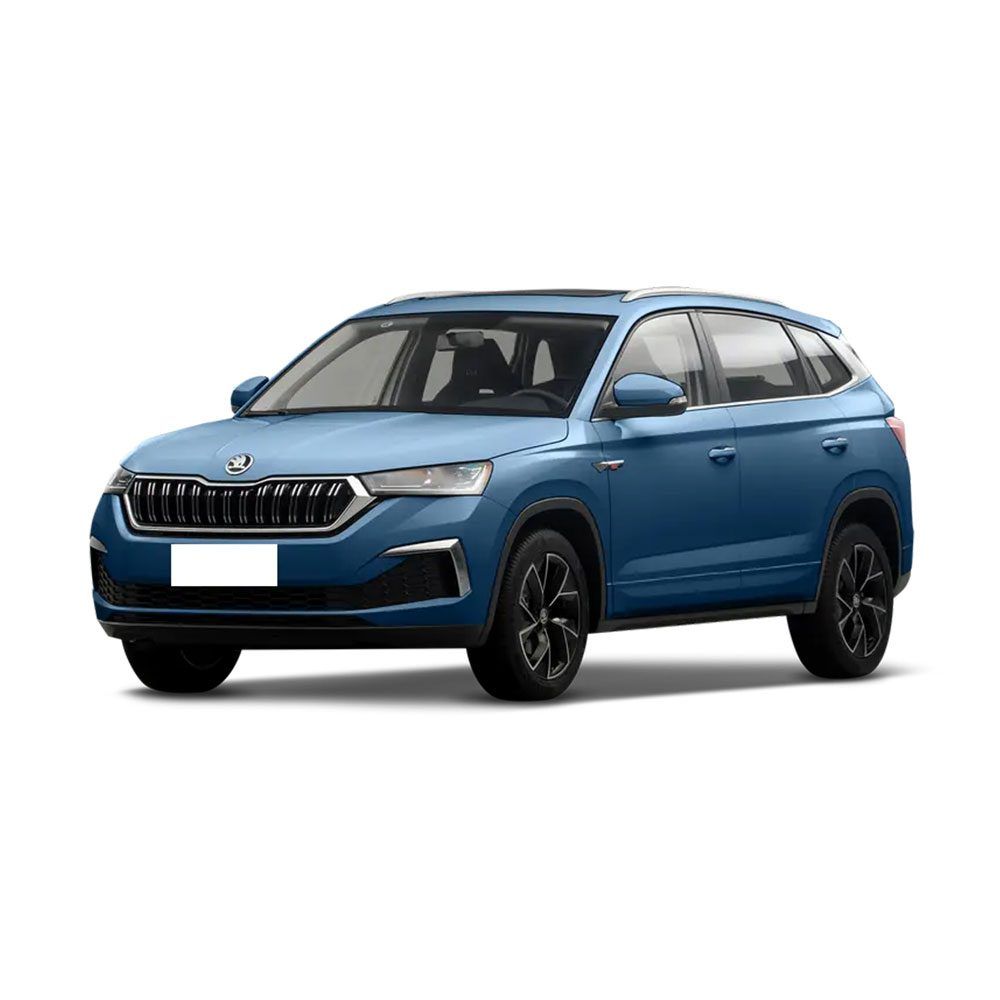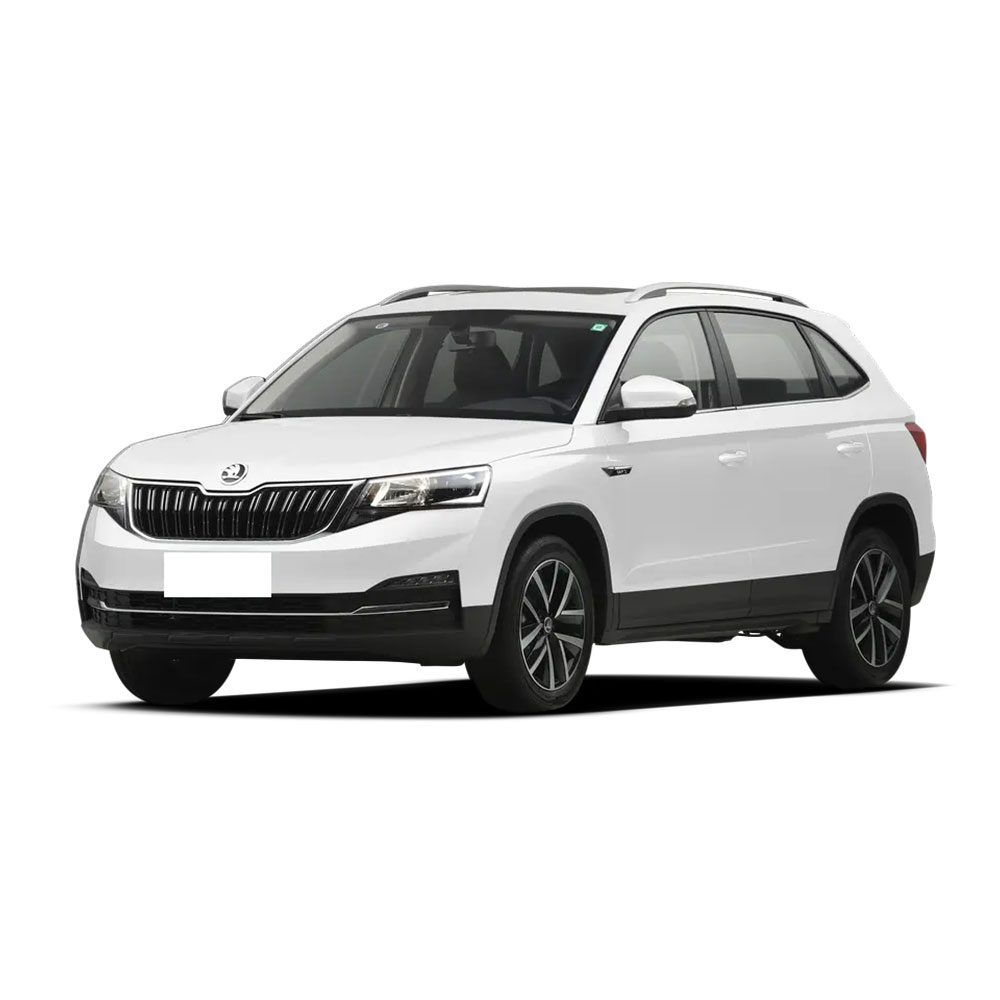
Electric Car Ran Out of Battery? Here’s What to Do (And What NOT to Do)
With the rapid adoption of electric vehicles (EVs) worldwide, a common concern among new and prospective owners is: “What happens if my electric car runs out of battery on the road?” While this is a situation best avoided, understanding the process, knowing how to respond, and being aware of the key differences from conventional cars can prepare you for the unexpected, whether you’re driving in Berlin, Beijing, or Boston.
How Running Out of Charge Differs from Running Out of Gas
Many drivers are familiar with the process of a gasoline car sputtering to a stop. However, the experience in an EV is fundamentally different due to its design and technology.

The Graduated Warning System
An EV doesn’t just suddenly shut off. It provides a clear, multi-stage warning process:
- Early Warning (≈15-20% charge): Visual and auditory alerts appear on your dashboard and infotainment screen, often with navigation directing you to nearby chargers.
- Reduced Power (≈5-10% charge): The vehicle may begin to limit non-essential functions like climate control to conserve energy.
- Turtle Mode” (Very low charge): This is a crucial safety feature. The car drastically reduces power and speed (often to 20-30 mph), allowing you to safely coast to the roadside. A turtle icon typically appears on the dashboard.
- Complete Shutdown (0% charge): All systems power down. The car becomes immobile, and features like power brakes and steering assist may be lost.
The Critical Towing Difference
This is the most important distinction every EV owner must understand.
- Gasoline Car: Can typically be towed with two wheels on the ground (if in neutral) or with a tow truck without major issues.
- Electric Car: Must almost always be towed using a flatbed truck. Why?
Most EVs lack a true neutral gear that fully disconnects the motor from the wheels. Towing an EV with its wheels on the ground can force the motor to spin, generating electricity that flows back into the disabled high-voltage system. This reverse current can cause severe and extremely expensive damage to the electric motor, inverter, and other critical components. A flatbed truck that lifts all four wheels completely off the ground is the only safe option.
What to Do (and What NOT to Do) If Your EV Runs Out of Charge
Correct Handling Procedure
- Stay Calm & Get Safe: Use the remaining power in “Turtle Mode” to pull over to a safe, visible location away from traffic. Turn on your hazard lights.
- Call for Professional Help: Contact your manufacturer’s roadside assistance, your insurance provider, or a local towing service.
- Explicitly Request a Flatbed: When calling, clearly state, “I have an electric vehicle that is out of charge. I require a flatbed tow truck.” Do not let them send a standard tow truck with wheels on the ground.
- Get a Mobile Charge (If Available): In some regions, services offer “mobile charging” where a van can provide a quick boost of enough energy to get you to the nearest station. Inquire if this is an option.
Common Misconceptions and Mistakes to Avoid
- Myth: “I can just push it to a charger.”
- Reality: Most EVs cannot be put into neutral without power. Pushing them is often impossible and can be dangerous.
- Mistake: Letting a standard tow truck tow it with wheels down.
- Risk: As explained above, this can destroy the powertrain, leading to repair costs that could exceed $10,000/€9,000.
- Myth: “I can jumpstart it like a regular car battery.”
- Reality: You cannot jumpstart the high-voltage traction battery. (Note: EVs also have a 12V battery that can be jumped to power accessories, but this won’t move the car).
- Mistake: Panicking and draining the battery completely.
- Advice: Trust the warnings. When low battery alerts appear, your only goal is to find a charger, not test the car’s limits.
How to prevent electric cars from running out of power
Avoiding a full discharge is the best strategy. Modern technology makes this easier than ever.
- Plan Your Route: Use your car’s built-in navigation or apps like A Better Routeplanner (ABRP) and PlugShare. These apps will plot your long-distance journey with necessary charging stops automatically calculated for you.
- Understand Your Real Range: Know that factors like cold weather, high speeds, headwinds, and using heating/AC can significantly reduce your range. Always build a buffer of 10-20% for unexpected detours or closed chargers.
- Utilize Built-In Features: Most EVs have a “Trip Planner” or “Range Mode” that helps optimize battery usage. Use them for long journeys.
- Charge Proactively: Get into the habit of “top-up” charging. Plug in at home overnight, at work, or while shopping. You don’t need to always charge to 100%; keeping the battery between 20-80% for daily use is actually healthier for it.
- Pay Attention: Don’t ignore the car’s warnings. They are there for a reason.
Conclusion: Don’t Fear, Just Prepare
Running out of charge in an EV is a manageable event, not a catastrophe. The vehicle’s intelligent systems provide ample warning and a safety buffer to get you to safety. The key takeaway is to always insist on a flatbed tow truck if needed.
By understanding your vehicle’s technology, planning ahead, and using the plethora of available apps and tools, you can drive your electric car across continents with confidence, enjoying a quiet, clean, and efficient driving experience.
Feel Free To Contact Ahcarsale Anytime
More Article
More Cars
Latest Articles





